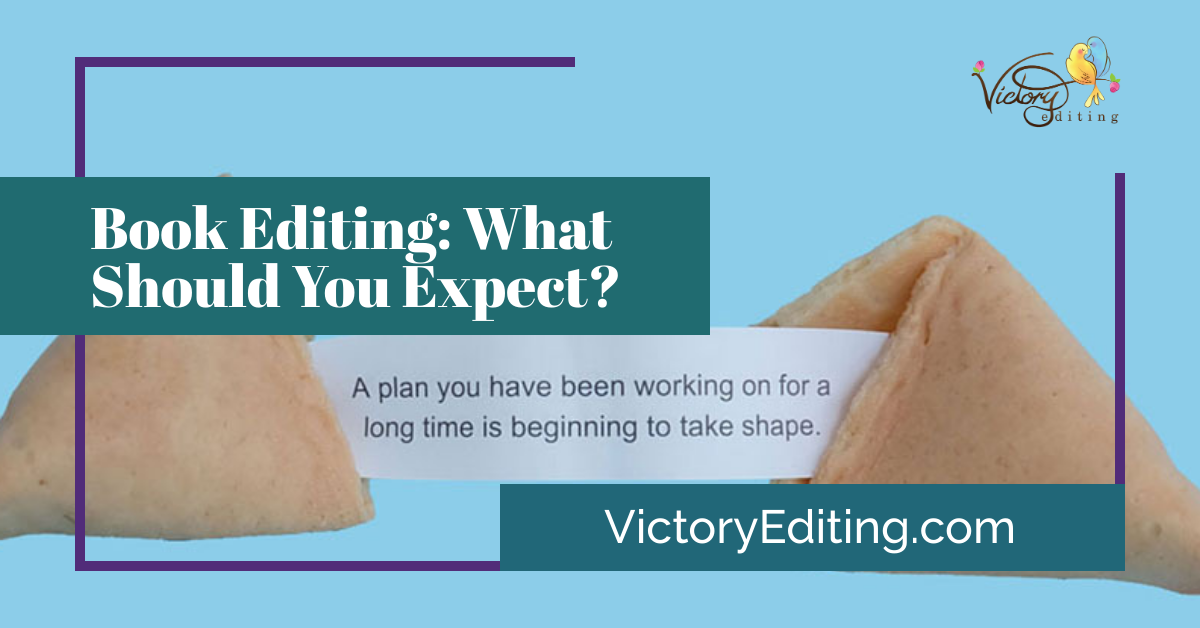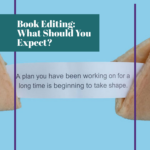If you’re new to self-publishing, you might not know exactly what to expect as you go through the editing and production process. This is true even if you’re a veteran coming over from traditional publishing. It’s a lot different when you’re the project lead and need to make arrangements for every stage of revisions and editing. If it’s your first book, this is probably all new territory for you.
The first thing to determine is the various stages you’ll need to address. I’m including them here, along with a brief description of each. After that, I’ll discuss what to expect as you navigate each step of the journey.
The Process
Developmental Editing
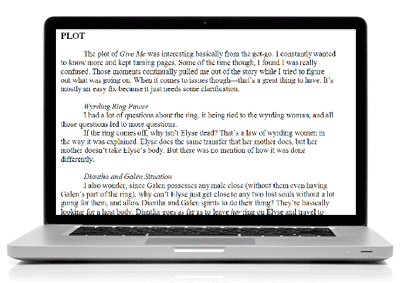
This is also called story editing, content editing, or substantive editing.
It focuses on big-picture aspects—pacing, story arc, characters. During this process, you’ll look at strengthening the story as a whole. It’s not uncommon for major revisions and rewriting to take place in this phase.
Line Editing & Copyediting
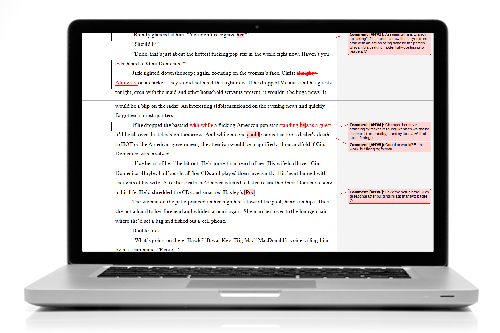
Now it’s time to tighten the language, fix awkward sentences, and make sure each sentence is not just clear but effective.
This is where we strengthen dialogue, smooth out transitions, and make sure each chapter ends on a note that has the reader wanting to stay up just a little longer in order to read the next scene. This is also where we really step in to look for errors. The big ones are continuity errors: If John went to work, why is he now in the bedroom? Did someone’s name change midway through the book? What about eye color, height? There will also be some fact-checking done here as well as verifying spellings of brand names and trademarks. This is also the stage where things are made consistent stylistically and typographical and grammatical errors are corrected. Of note: Copyediting and line editing are two different services; however, at Victory Editing I combine these two components. But make sure you ask your editor what their process is so everyone’s on the same page.
Proofreading
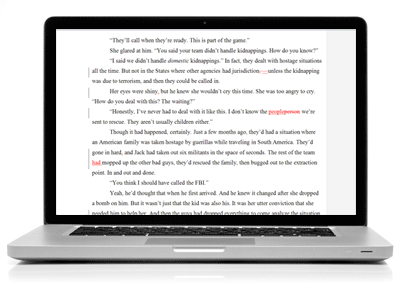
The copy editor now reads the manuscript very closely for typographical and grammatical errors.
Continuity errors might be caught, but we’re mostly focused on spelling, usage, punctuation, and adherence to style.
Formatting
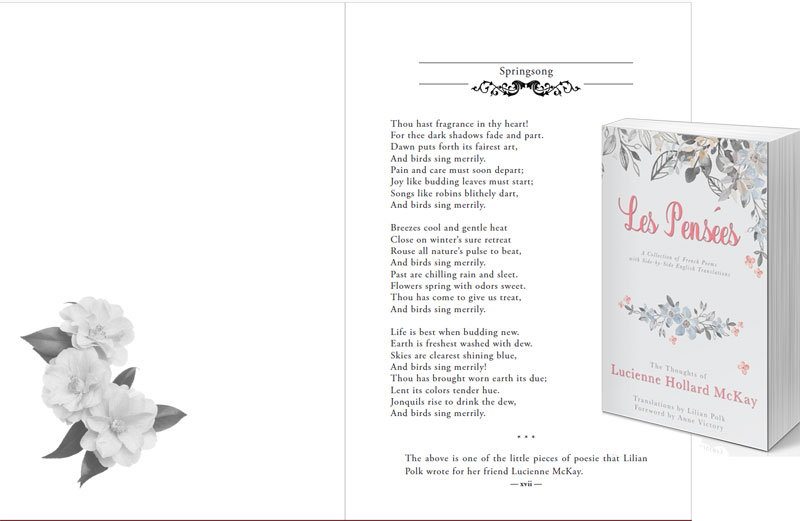
Compile your file in the final format, whether typesetting or epub or mobi.
You’ll want to make sure to follow the guidelines of the retailers you plan to utilize.
Final-pass Proofing
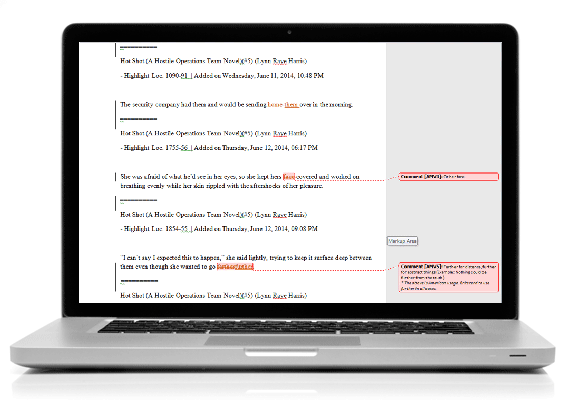
Or what I call Oops Detection® at Victory Editing.
This is to proof your formatting and also do a last check for spelling and usage errors. At this stage, you want to look for both typographical and formatting errors.
General Notes About the Process
Generally speaking, the content-editing phase is done separately from line editing. There’s no point in worrying about a stain in the carpet when you’re putting down linoleum next week.
Line edits and copy edits are often done in the same editing pass.
How It All Comes Together
In a perfect world, we’d each be able to put our books through every step of the production process. Unfortunately, time and budget doesn’t always permit this. And that’s okay, just be aware and take steps to try to mitigate that as much as possible. To give you an idea, here’s a brief rundown on revisions for a typical project.
Because of the nature of developmental editing, it’s often hard to quantify the changes that are made. But by the time I get a story for line editing, it’s usually been through some combination of beta readers, critique partners, and/or a developmental editor, and usually the author has made at least one self-editing / revisions pass.
During the line edit / copy edit phase, I will usually make somewhere between 2,000 and 8,000 revisions to the manuscript. It will then go back to the author, who will incorporate those changes and send any revisions back to me. I’ll look over those revisions and make some more changes, which go back to the author for another round of incorporation.
At this point, it will likely go to copyediting or proofreading. The proofreader will make anywhere from 750 to 1,500 revisions. It now goes back to the author again for incorporation.
Finally, the book is ready for formatting and a final-pass read or proofread (what we call Oops Detection® at Victory Editing). If an author outsources their formatting, I usually do a “poor man’s conversion” and run the document through Calibre. This means we can’t check for formatting errors, but it does give a final check for typos. It’s typical at this stage to get one error every one or two thousand words (between 30-60 “oopses” for a 60,000-word manuscript).
The 90% Formula
A good rule of thumb is to expect each pass to catch somewhere around 90% of the issues. For example, let’s say on our Sample Book that I made eight thousand revisions. That means the proofreader will probably make an additional eight hundred to a thousand and that the final-pass reader will probably then find around fifty more. And there are probably another handful of errors still lurking that nobody spotted. That’s just the hard truth.
What This Means
The other truth is that the more passes we make on a book, the cleaner it’s going to be. If certain phases of production are bypassed, understand that you need to take additional steps to account for that. It’s not a realistic expectation to think you can bypass copy editing, go straight to proofreading, and get back a document with only a handful of errors left.
Every editor I know strives for perfection, but we’re human, and it’s not going to happen, no matter how much we wish for it. And the final stages of editing and revision are much like rinsing dye out of a garment: you don’t rinse it once, twice, or three times; you rinse it until the water runs clear. The more dye you started with, the more rinses it’s going to take before that happens. On the bright side, the end result is usually spectacular!
Courtney Milan has generously allowed me to borrow from her descriptions of the various phases of editing. You can read about Courtney’s process of production here: http://www.courtneymilan.com/ramblings/2011/06/18/stages-of-production.
As always, feel free to email me with any questions!

